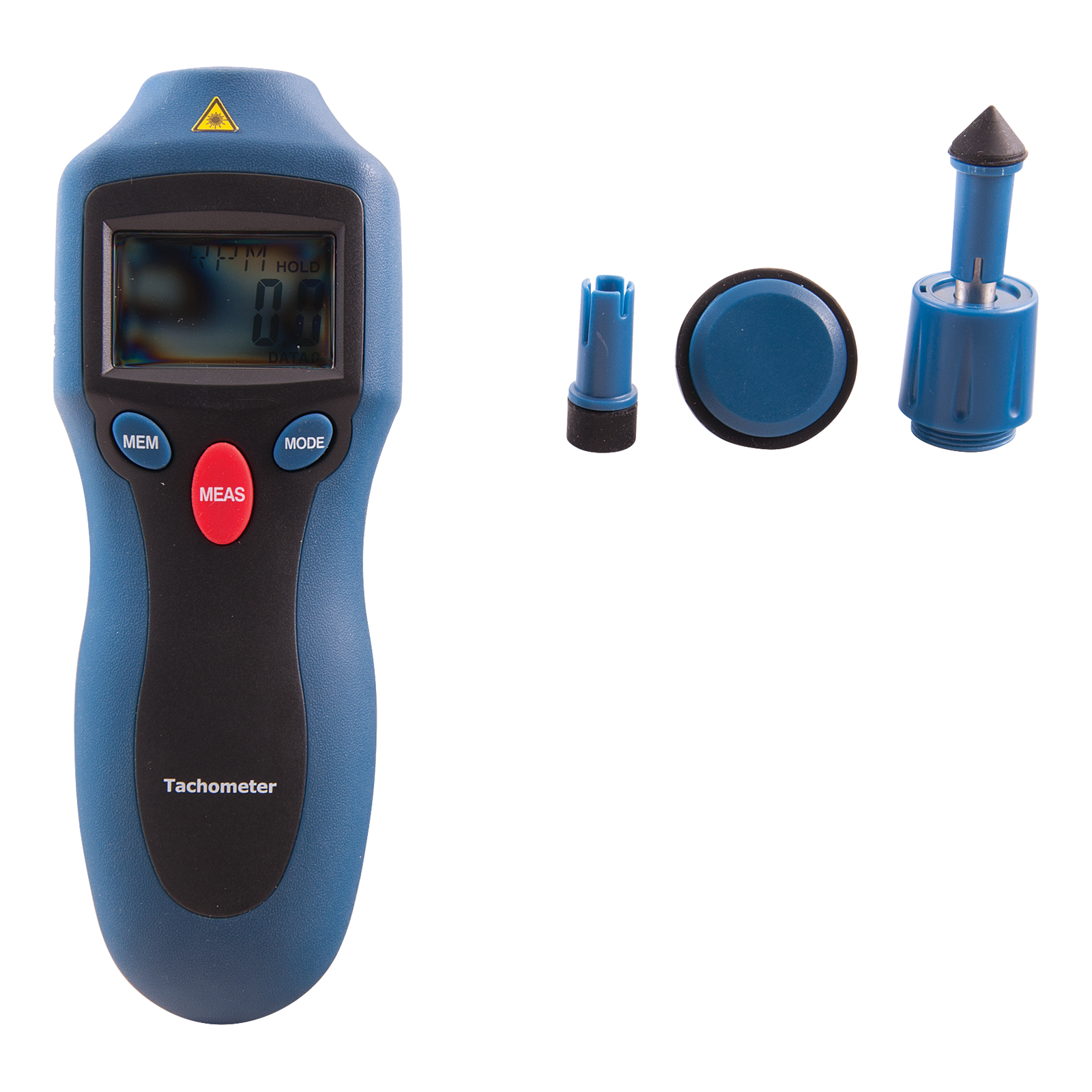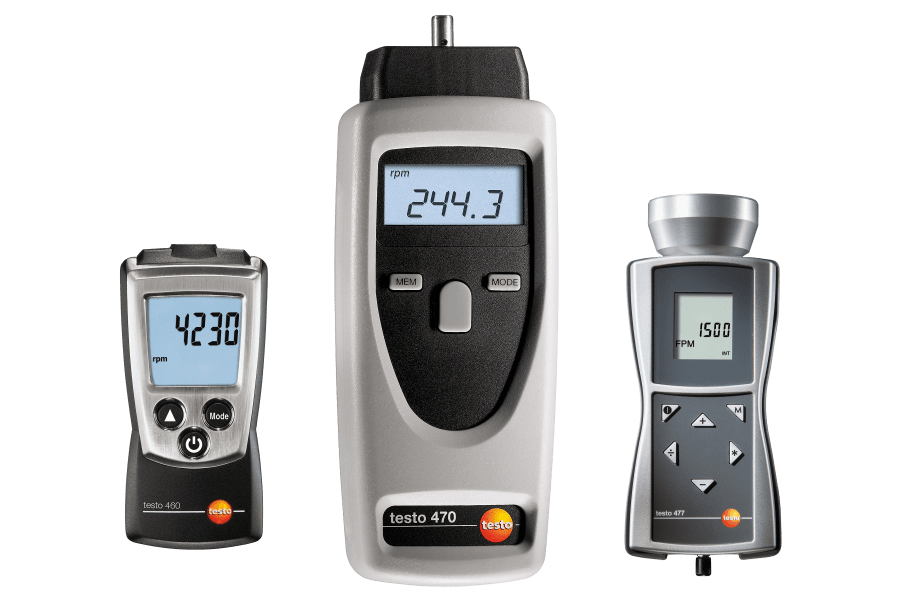Comprehensive Guide to Understanding and Using a Tachometer Effectively
Comprehensive Guide to Understanding and Using a Tachometer Effectively
Blog Article
Unlocking the Secrets of Tachometers: Everything You Required to Find Out About This Crucial Instrument in Your Vehicle
Understanding the details of tachometers can give useful insights into your lorry's efficiency and maintenance requirements. From gauging engine rate to analyzing the data it presents, tachometers act as a crucial device for car owners and fanatics alike. By unwinding the mysteries behind this crucial tool, you can open a wealth of details that can enhance your driving experience and make sure the longevity of your car.
Importance of Tachometers
The relevance of tachometers hinges on their capacity to supply crucial real-time information concerning an engine's rotational rate, permitting precise surveillance and maintenance of equipment. By measuring the changes per minute (RPM) of an engine's crankshaft, tachometers use valuable understandings into the engine's performance - tachometer. This data is essential for making certain that the engine operates within its ideal range, preventing possible damage from over-revving or underperforming
Tachometers play an essential role in assisting drivers and specialists identify any anomalies in the engine's rate, which can indicate problems such as gas inefficiency, mechanical issues, or too much strain on the engine. By quickly recognizing these concerns through tachometer readings, upkeep can be performed proactively, avoiding expensive fixings and downtime in the future.
Additionally, tachometers are specifically crucial in high-performance cars and machinery, where exact control over engine rate is essential for optimal operation. Racing vehicles, airplane, and commercial tools rely on tachometers to deliver peak performance while maintaining safety standards. In essence, tachometers are not just instruments for measuring speed but important tools for guaranteeing the smooth and effective operation of engines across various applications.
How Tachometers Step Engine Speed
Utilizing sensors that identify the regularity of electrical pulses created by the engine's ignition system, tachometers precisely measure the rotational rate of an engine. By keeping track of the price at which these pulses are gotten, tachometers offer real-time responses on exactly how quickly the engine's crankshaft is turning per min, commonly described as transformations per minute (RPM)
The tachometer's sensing unit, typically attached to the engine's ignition coil or ignition system cords, grabs the electric signals created each time a cyndrical tube fires. These signals are then exchanged RPM analyses presented on the gauge or instrument collection within the chauffeur's view. Tachometers can be analog or electronic, with modern automobiles typically featuring electronic screens for precise and immediate RPM analyses.
This info is critical for chauffeurs to recognize the engine's performance, avoid over-revving, maximize gear moving, and make certain reliable fuel usage. By properly measuring engine speed, tachometers play a crucial duty in helping vehicle drivers operate their cars securely and successfully.
Analyzing Tachometer Readings
Having a clear understanding of exactly how tachometers measure engine rate sets the foundation for properly translating the RPM readings presented. Translating tachometer analyses is vital for optimal lorry efficiency and engine health. When the engine is idling, the this link tachometer needle typically relaxes around 600-1000 RPM, depending on the vehicle.


Tips for Making Use Of Tachometers Efficiently
To boost driving efficiency and enhance engine performance, what secret strategies can be carried out for effectively using tachometers? Tachometers are crucial devices that provide real-time comments on engine rate, allowing vehicle drivers to make informed choices for far better performance - tachometer. Here are some ideas for making use of tachometers efficiently:
Recognizing Optimum RPM Range: Familiarize yourself with the optimum RPM (Revolutions Per Minute) range for your car. Keeping the engine within this variety can enhance gas performance and lengthen the engine's lifespan.
Shifting Gears at the Right Time: Use the tachometer to identify the very best time to change gears. Upshifting too early or far too late can result in decreased efficiency and performance. Aim to shift gears when the RPM gets to the optimum array for the following equipment.
Keeping An Eye On Engine Anxiety: High RPMs for extended periods can strain the engine. Maintain an eye on the tachometer to avoid over-revving, particularly during acceleration or when lugging hefty tons.
Tachometers and Car Maintenance
When thinking about lorry maintenance, tachometers play a crucial function in keeping track of engine performance and finding potential problems. Tachometers provide vital information on engine speed, permitting drivers and auto mechanics to make certain that the engine is operating within the advised RPM range.
Along with identifying potential problems, tachometers can additionally aid in enhancing gas efficiency. By keeping the engine speed within the optimum range, chauffeurs can enhance their gas mileage and lower fuel usage. This not just profits the driver's purse yet also contributes to ecological preservation by decreasing hazardous discharges.
Verdict

Report this page